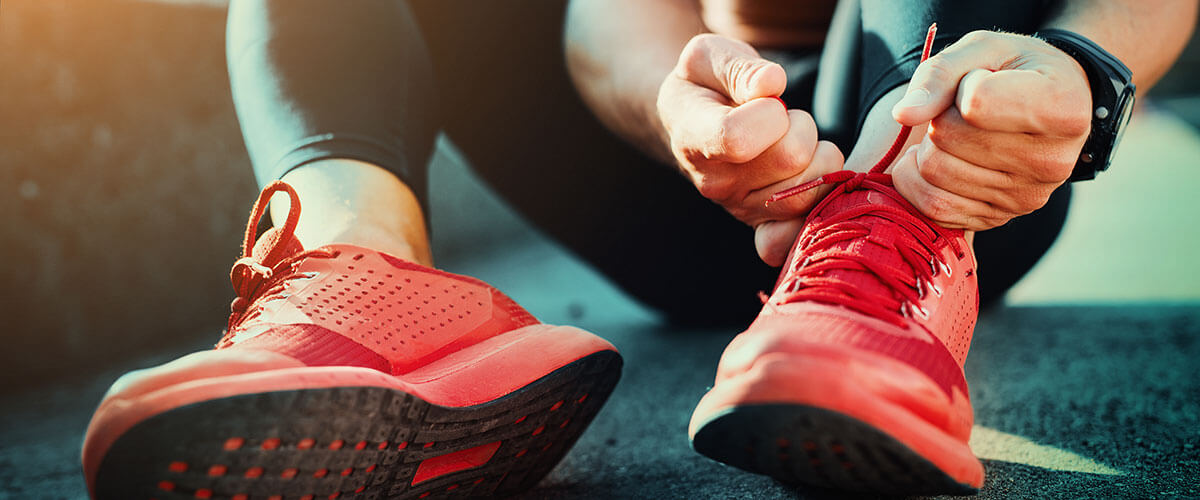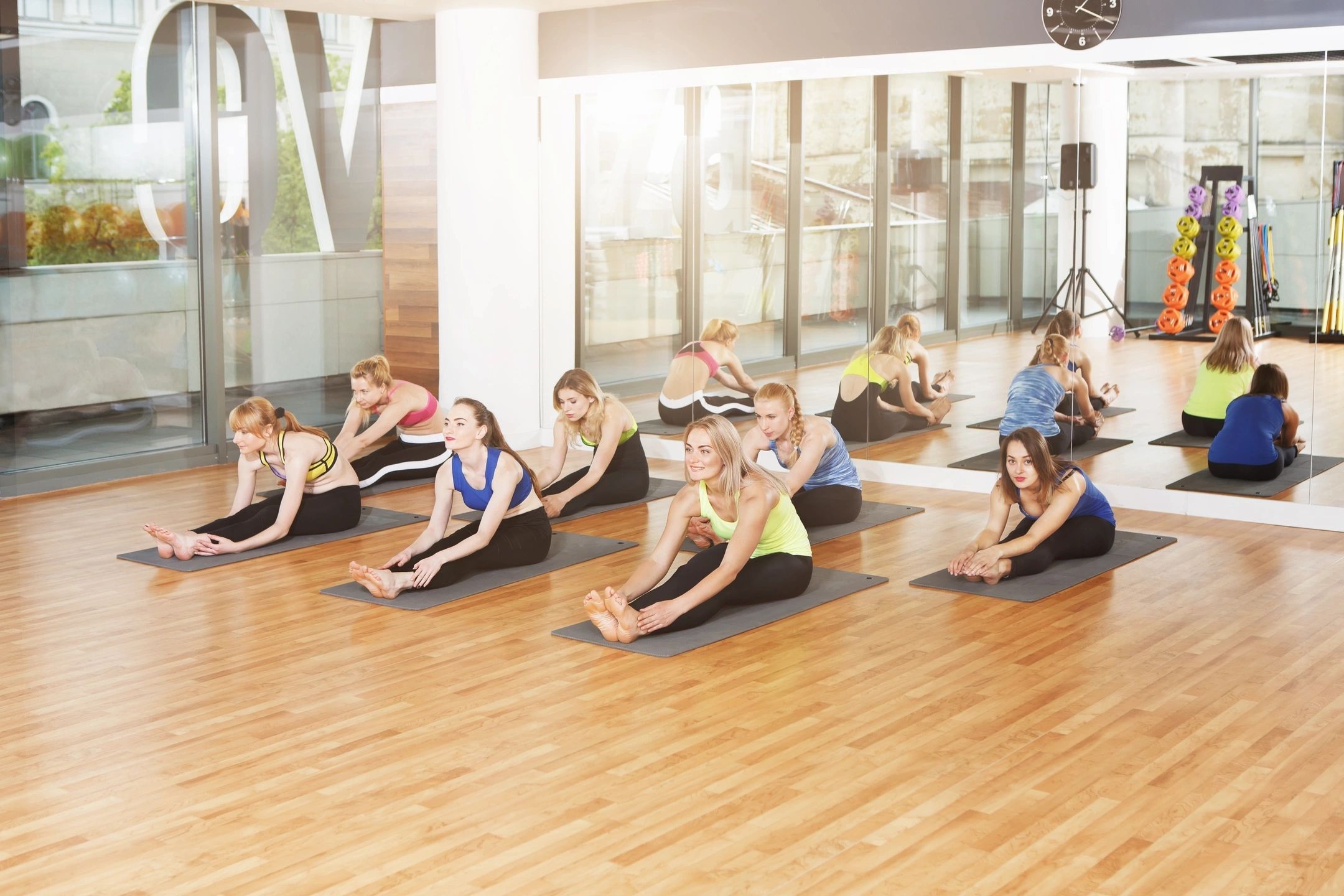Staying motivated
Staying motivated
Regular physical activity can increase hormones that can make you feel happier, sleep better and improve your skin’s appearance. In addition regular exercise can help you lose weight, decrease your risk of chronic disease and improve your sex life. Most health benefits occur with at least 150 minutes of moderate aerobic exercise per week and at least two days a week of high intensity aerobic exercise and resistance training for muscle development. Participating in a regular exercise program takes time, discipline and motivation. We all deal with the stress of work and busy families. Life throws many distractions at us which can make it hard to stay motivated! Here are some suggestions to stay on track.
Activity choice
Whether it is running, cycling or kayaking if you enjoy doing the activity you will be less likely to skip workouts. Consistency is the key to exercise and finding the right activity will keep you on the path.
Make it social
Finding a partner or a group is a great way to motivate you! Knowing you are meeting a group or a friend for a workout will make you accountable. Also working out with others can push you to new limits and drive your competitive spirit.
Challenge yourself
There are a lot of athletic events to choose from. Signing up for a triathlon or running race will give you something to train for. Following a training plan and completing an event will give you a sense of accomplishment and can motivate you to sign up for more challenging events.
Use technology
There are many apps out there that can help you stay motivated. Peleton, Fitbit and my favorite, Strava are a just a few. Strava is an app for runners/cylcists. The app records users routes and various metrics such as distance and pace. The app also provides features for users to create weekly goals or participate in monthly challenges within the Strava community. The ability to monitor progress and compete with others is a great way to keep you motivated. “That which is measured improves.” Thomas S. Monson
Staying motivated can sometimes be a challenge but if you enjoy the activity, team up with others and challenge yourself it becomes easier to maintain a healthy lifestyle!





